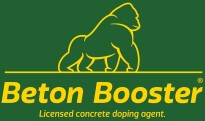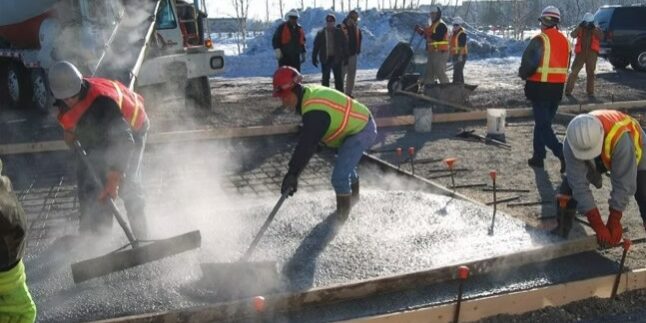Concrete pouring in winter is not impossible, especially as the climate warms
However, there are limitations that cannot be overlooked, or at least not advisable.
When we talk about cold weather, we need to consider average temperatures, but as a rule of thumb, temperatures should not drop below freezing during the first three days of curing.
Concrete pouring is possible even below freezing temperatures, but we need additives to prevent the concrete from being damaged.
If you’re reading this, you probably know that water is essential for concrete curing. Water assists in the curing process when in a liquid state, but when it freezes, it does not. Moreover, frozen water expands significantly, causing the surrounding material to crack, which can quickly ruin fresh concrete.
However, concrete has a property that can be advantageous in cold weather: heat generation. Heat generation can be utilized effectively in cold weather conditions, but it requires an adequate cross-section or mass of concrete. For example, it’s not feasible to rely on heat generation from cement in a half-centimeter thick tile adhesive.
To make use of this heat generation, it’s advisable to cover fresh concrete in cold weather. Adding multiple layers of plastic sheeting can create enough insulation between the layers of air to prevent freezing down to about -1 to -3 degrees Celsius.
When pouring concrete in cold weather, it’s beneficial to use warm water for mixing and to keep additives at least at room temperature (I didn’t mean on the cement and gravel 🙂
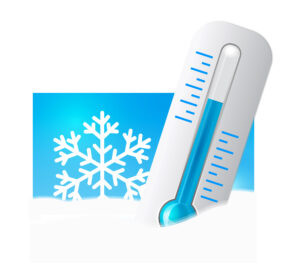
In temperatures colder than this, approximately down to -10 degrees Celsius, we can safely pour concrete using additives. One of the most commonly used additives is MapefastCF/L antifreeze, which also accelerates the setting time of the concrete. Additionally, there are additives that do not accelerate the setting time (as it is not always desirable), but make the concrete more plastic, allowing for a reduction in the water-cement ratio (less water can be added to the concrete), which significantly improves the setting properties in cold weather
ArmoTec does not prevent concrete from freezing. BUT
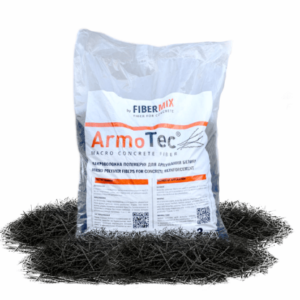
you can create much stronger concrete with it,
it reinforces concrete in three dimensions, unlike mesh reinforcement,
- in certain cases, it can replace mesh reinforcement,
- it prevents shrinkage cracks,
- the end result will be much more durable,
- no need for transportation by truck, unlike mesh reinforcement,
- no need for assembly,
- much cheaper than mesh reinforcement,
- much less environmentally harmful,
- much easier to purchase,
- significantly speeds up the work process,
- and it does not corrode
Click here if you want to order Mapefast CF/L antifreeze!
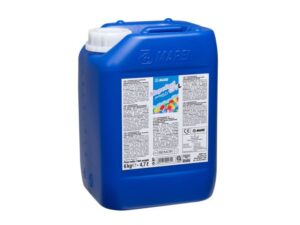
Don’t pour concrete below -10 degrees Celsius! Instead, have a mulled wine.
Levente Siposs
Renovation Expert
Committed supporter of sustainable renovations
